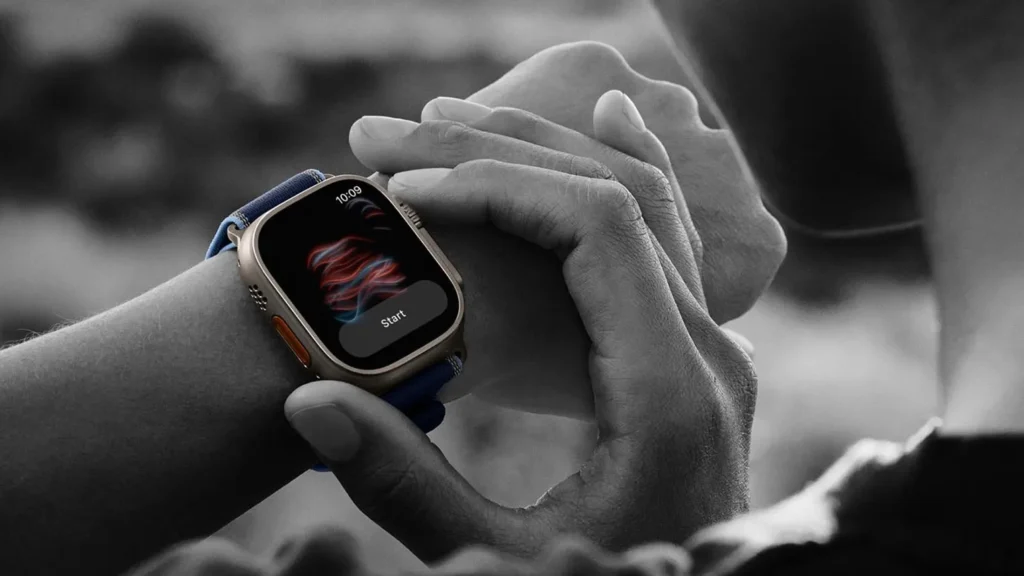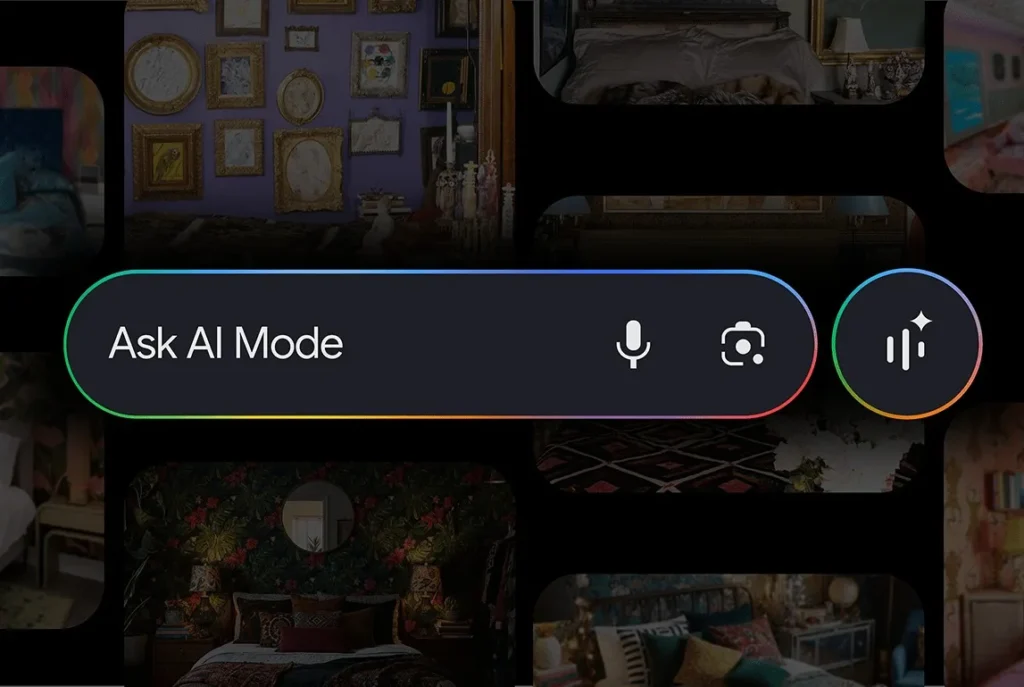Apple ordered to pay 634 million dollars to Masimo
A new twist in the ongoing battle between Apple and Masimo. A federal jury in the United States has ordered Apple to pay 634 million dollars to the medical specialist, finding that certain features of the Apple Watch infringe one of its patents related to blood oxygen measurement.
According to Masimo, this is a “historic” verdict that confirms its position in this six-year-long technological saga.
Apple, of course, disagrees with this interpretation. The company immediately announced its intention to appeal and emphasizes that many of the patents cited by Masimo have already been invalidated. According to Apple, the only patent involved in this case expired in 2022 and pertains to a “dated” medical technology.
Reminder: Apple had previously disabled the SpO₂ function in the United States
This case echoes the standoff that occurred early in 2024, when the ITC (the U.S. International Trade Commission) imposed a ban on imports of Apple Watches with SpO₂ sensors, ruling that the technology indeed infringed Masimo’s patents.
To avoid a complete withdrawal of the watches from the market, Apple opted to disable the oxygen measurement feature on the Apple Watch Series 9, Series 10, and Ultra 2 sold in the United States.
Since then, the company has been attempting to legally navigate the issue by proposing a “revised” version of the feature. And this is where things get complicated.
The new system: data collection on the watch, analysis on the iPhone
To mitigate any risk of infringement, Apple has chosen to significantly modify the architecture of the SpO₂ sensor. In the previous system, the Apple Watch collected data, performed calculations, and displayed the blood oxygen saturation level directly on its screen.
In the new version, the watch collects the data and then transmits it to a paired iPhone, which performs the calculations and displays the results in the Health app under the Respiratory section.
Apple believes this technical separation is sufficient to avoid falling under Masimo’s patent.
However, the ITC has a differing opinion.
The ITC reopens the case: is the modified version really different?
On Friday, the agency announced it would open a new round of hearings focused on the revised version of the sensor. It believes that this system was not examined in the initial investigation and that it needs to determine whether the mere delegation of calculations to the iPhone genuinely constitutes an innovation… or an insufficient legal workaround.
The positive aspect for Apple is that the modification had received approval from U.S. customs. However, the negative aspect is that the ITC is under no obligation to follow this advisory.
Why is this sensor crucial?
The SpO₂ sensor on the Apple Watch measures blood oxygen saturation. A normal level ranges from 95% to 100%. Levels below 90% can indicate an underlying health issue.
This is a key feature for users focused on fitness, health, or sleep, and its removal would be a significant setback for Apple.
What’s next? Three possible scenarios
If the ITC determines that the revised version still infringes the patent, Apple will have limited options:
- Deactivate the SpO₂ function once again, risking discontent among U.S. users.
- Develop yet another version of the system, hoping to evade infringement.
- Sign a licensing agreement with Masimo, which appears to be the simplest and most realistic solution.
Many analysts agree with this perspective: paying Masimo a royalty would ensure the feature remains available to users, end a costly legal saga… and allow Apple to finally move on.




